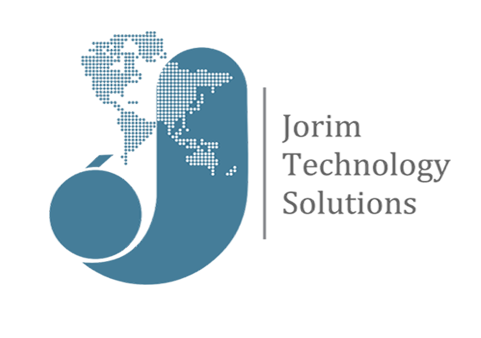Saas
SaaS (sometimes called cloud application services) is cloud-hosted, ready-to-use application software. Users pay a monthly or annual fee to use a complete application from within a web browser, desktop client or mobile app. The application and all of the infrastructure required to deliver it—servers, storage, networking, middleware, application software, data storage—are hosted and managed by the SaaS vendor.
The vendor manages all upgrades and patches to the software, usually invisibly to customers. Typically, the vendor ensures a level of availability, performance and security as part of a service level agreement (SLA). Customers can add more users and data storage on demand at additional cost.
Today, anyone who uses a or mobile phone almost certainly uses some form of SaaS. Email, social media and cloud file storage solutions (such as Dropbox or Box) are examples of SaaS applications people use every day in their personal lives.
Popular business or enterprise SaaS solutions include Salesforce (customer relationship management software), HubSpot (marketing software), Trello (workflow management), Slack (collaboration and messaging) and Canva (graphics). Many applications designed originally for the desktop (for example, Adobe Creative Suite) are now available as SaaS (for example, Adobe Creative Cloud).
Benefits of SaaS:
The main benefit of SaaS is that it offloads all infrastructure and application management to the SaaS vendor. All the user has to do is create an account, pay the fee and start using the application. The vendor handles everything else, from maintaining the server hardware and software to managing user access and security, storing and managing data, implementing upgrades and patches and more.
Other benefits of SaaS include:
- Minimal risk: Many SaaS products offer a free trial period, or low monthly fees that let customers try the software to see if it will meet their needs, with little or no financial risk.
- Anytime/anywhere productivity: Users can work with SaaS apps on any device with a browser and an internet connection.
- Easy scalability: Adding users is as simple as registering and paying for new seats—customers can purchase more data storage for a nominal charge.
Some SaaS vendors even enable customization of their product by providing a companion PaaS solution. One well-known example is Heroku, a PaaS solution for Salesforce.
SaaS use cases:
Today, just about any personal or employee productivity application is available as SaaS—specific use cases are too numerous to mention (some are listed above). If a user or organization can find a SaaS solution with the required functionality, in most cases it will provide a significantly simpler, more scalable and more cost-effective alternative to on-premises software.
